Refrigeración, proceso para evitar la descomposición de los alimentos/ Refrigeration, process to prevent food spoilage
Versión en español
Todos en nuestras casas guardamos nuestros alimentos en el frío, para evitar su descomposición, pero ¿sabes que hace que se descompongan los alimentos y como ocurre este proceso? Tiene que ver con actividades biológicas que ocurren a nivel microscópico, en las que intervienen bacterias, enzimas y microorganismos. La refrigeración es un proceso que consiste en bajar la temperatura de un cuerpo o espacio. Sigue leyendo si quieres averiguar sobre el surgimiento de este proceso, como funciona y su importancia en la conservación de los alimentos.
¿Quién inventó este proceso?
Ya desde la antigüedad, nuestros antepasados tenían la necesidad de congelar los alimentos para épocas de escases, almacenandolos en cuevas frías y en nieve, no fue hasta la edad media que se implementaron químicos como nitrato sódico y de potasio, luego las propiedades refrigerantes del amoníaco y el dióxido de carbono fueron descubiertas. Finalmente llega la refrigeración mecánica.
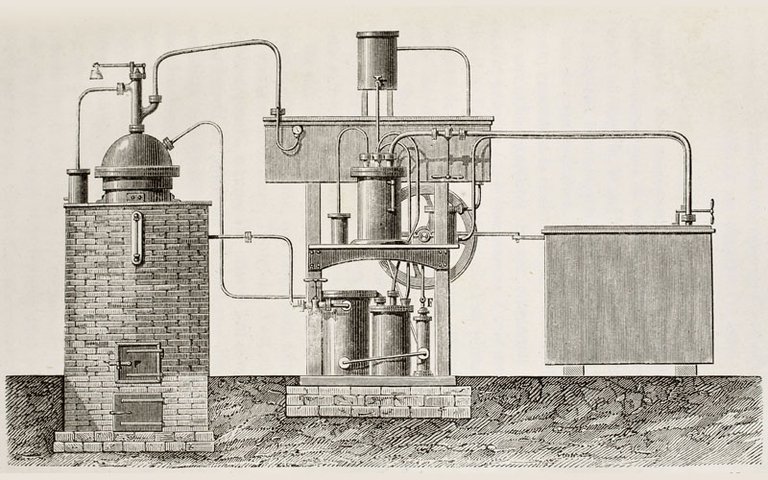
Refrigeración mecánica en sus inicios. Fuente de imagen
Este tipo de refrigeración se basaba en la expansión de un fluido mediante su evaporación. Aunque los primeros intentos fueron por evaporación de un líquido, en 1805 Oliver Evans diseñó la primera máquina de refrigeración utilizando vapor en lugar de líquido. Pero no fue hasta 1842 cuando el americano John Gorrie diseñó una máquina para refrescar habitaciones de pacientes de fiebre amarilla. El aparato se basaba en el principio de comprimir un gas que lo enfría a través de bobinas de radiación y después ampliarlo para bajar la temperatura. Luego se introdujo la refrigeración de compresión a vapor, que sigue siendo utilizada hoy en día. Desde este punto los avances en el campo de la refrigeración tuvieron un ascenso sin precedentes, surgiendo los equipos actuales: equipos de refrigeración potentes compuestos por un compresor, un condensador, un dispositivo de extensión y un evaporador.
¿Cómo funciona la refrigeración?
Al proceso de enfriamiento de un espacio se le conoce como ciclo de refrigeración, que consta de 4 partes.
- Compresor: Este componente se encarga de aumentar la presión y la temperatura del gas refrigerante, preparándolo para la siguiente etapa del ciclo.
- Condensador: El gas refrigerante a alta presión libera su calor al ambiente circundante en el condensador, transformándolo en un líquido a alta presión.
- Válvula de expansión: Esta válvula regula el flujo de refrigerante, permitiendo que se expanda y disminuya su presión antes de entrar en el evaporador.
- Evaporador: Aquí, el refrigerante líquido a baja presión absorbe calor de su entorno, haciendo que se evapore y se convierta en gas a baja presión. Este gas vuelve al compresor y el ciclo se repite.
¿Por qué bajar la temperatura ralentiza la descomposición?
En los seres vivos existen millones de bacterias y microorganismos, muchos de estos son necesarios para un desarrollo óptimo pero muchos otros son perjudiciales para la salud, para evitar que estas "bacterias malignas" se expandan y contaminen la comida se congelan para evitar la proliferación de estas. La temperatura de 37°C es la temperatura óptima para el desarrollo de estas bacterias.
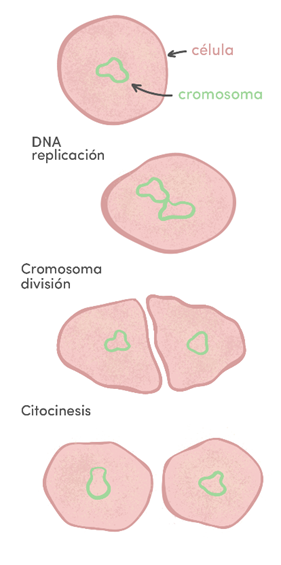
Reproducción de bacterias. Fuente de imagen
Ahora, otra causa que a mi entender, influye en la conservación de los alimentos es la pérdida de movilidad de las partículas, sobre esto no he realizado ninguna investigación, es una opinión meramente propia. Todos sabemos que el sol es muy caliente, no se cuántos grados alcance pero son muchos, y hasta el momento ha sido imposible definir una temperatura máxima, pero no es el caso con una temperatura mínima, la cuál es de -273,15 °C o lo que es igual a 0 grados Kelvin, ya que ha esta temperatura las partículas dejan de moverse. ¿Que no exista movimiento de partículas en un cuerpo influye en la duración del mismo? Sería como apagar a un ser vivo sin que estuviera realmente muerto, ¿que opinas sobre esto? Te leo en los comentarios.
English version
All of us in our homes keep our food in the cold to prevent spoilage, but do you know what causes food to spoil and how this process occurs? It has to do with biological activities that occur at the microscopic level, involving bacteria, enzymes and microorganisms. Refrigeration is a process that consists of lowering the temperature of a body or space. Read on if you want to find out about the emergence of this process, how it works and its importance in food preservation.
Who invented this process?
Since ancient times, our ancestors had the need to freeze food for times of scarcity, storing them in cold caves and snow, it was not until the Middle Ages that chemicals such as sodium and potassium nitrate were implemented, then the cooling properties of ammonia and carbon dioxide were discovered. Finally comes the mechanical refrigeration.

Mechanical refrigeration in its beginnings. Image source
This type of refrigeration was based on the expansion of a fluid by evaporation. Although the first attempts were by evaporation of a liquid, in 1805 Oliver Evans designed the first refrigeration machine using steam instead of liquid. But it was not until 1842 when the American John Gorrie designed a machine to cool rooms of yellow fever patients. The apparatus was based on the principle of compressing a gas cooling it through radiation coils and then expanding it to lower the temperature. Then vapor compression refrigeration was introduced, which is still in use today. From this point advances in the field of refrigeration had an unprecedented rise, emerging current equipment: powerful refrigeration equipment consisting of a compressor, a condenser, an extension device and an evaporator.
How does a refrigerator work?
The cooling process of a space is known as cooling cycle, which consists of 4 parts.
- Compressor: This component is responsible for increasing the pressure and temperature of the refrigerant gas, preparing it for the next stage of the cycle.
- Condenser: The refrigerant gas at high pressure releases its heat to the surrounding environment in the condenser, transforming it into a liquid at high pressure.
- Expansion valve: This valve regulates the flow of refrigerant, allowing it to expand and lower its pressure before entering the evaporator.
- Evaporator: Here, the liquid refrigerant at low pressure absorbs heat from its surroundings, causing it to evaporate and become a gas at low pressure. This gas returns to the compressor and the cycle repeats.
Why does lowering the temperature slow down decomposition?
In living beings there are millions of bacteria and microorganisms, many of these are necessary for optimal development but many others are harmful to health, to prevent these "evil bacteria" to expand and contaminate the food are frozen to prevent the proliferation of these. The temperature of 37°C is the optimum temperature for the development of these bacteria.

Reproduction of bacteria. Image source
Now, another cause that in my opinion, influences the preservation of food is the loss of mobility of the particles, on this I have not done any research, it is merely my own opinion. We all know that the sun is very hot, I do not know how many degrees it reaches but they are many, and so far it has been impossible to define a maximum temperature, but it is not the case with a minimum temperature, which is -273.15 ° C or what is equal to 0 degrees Kelvin, since at this temperature the particles stop moving. That there is no movement of particles in a body influences the duration of the same? It would be like turning off a living being without it being really dead, what do you think about this? I read you in the comments.
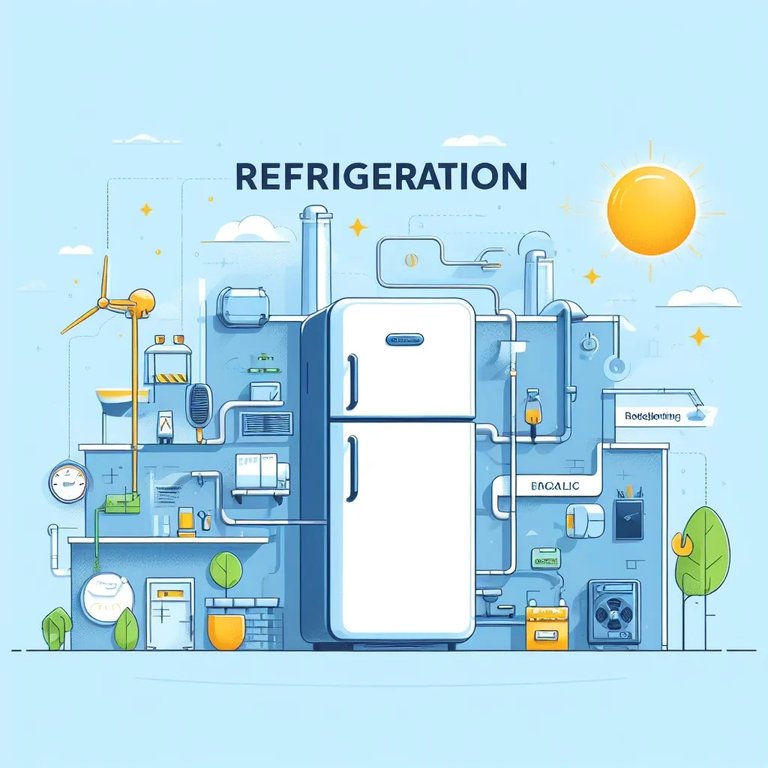
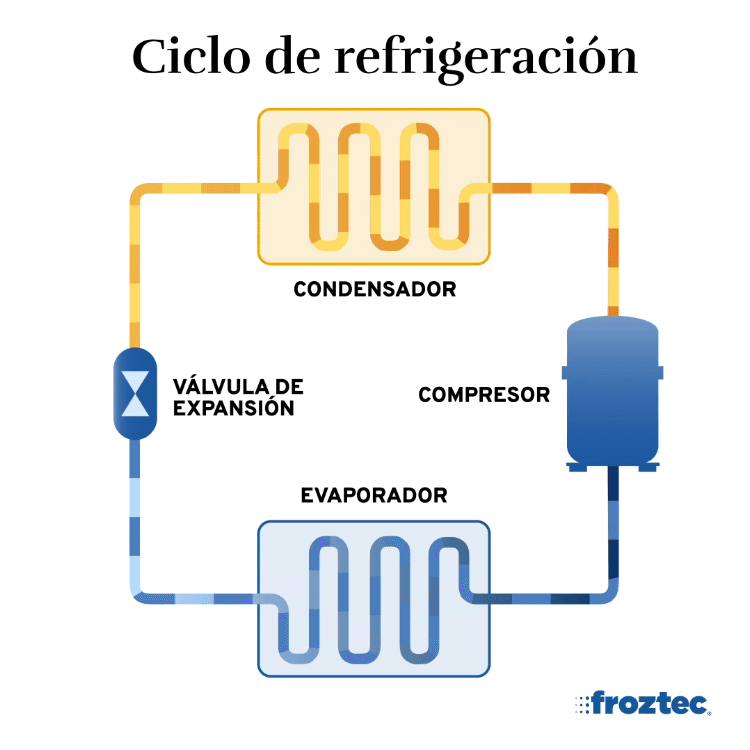
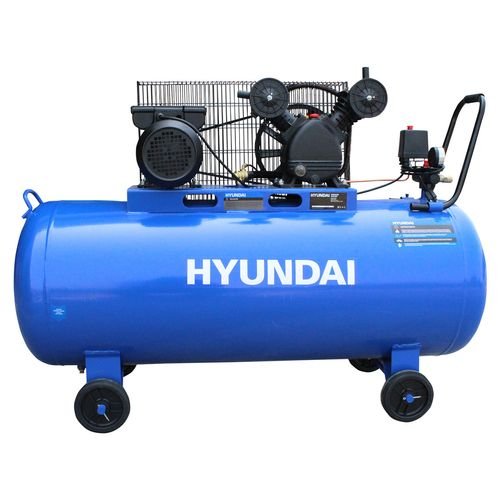
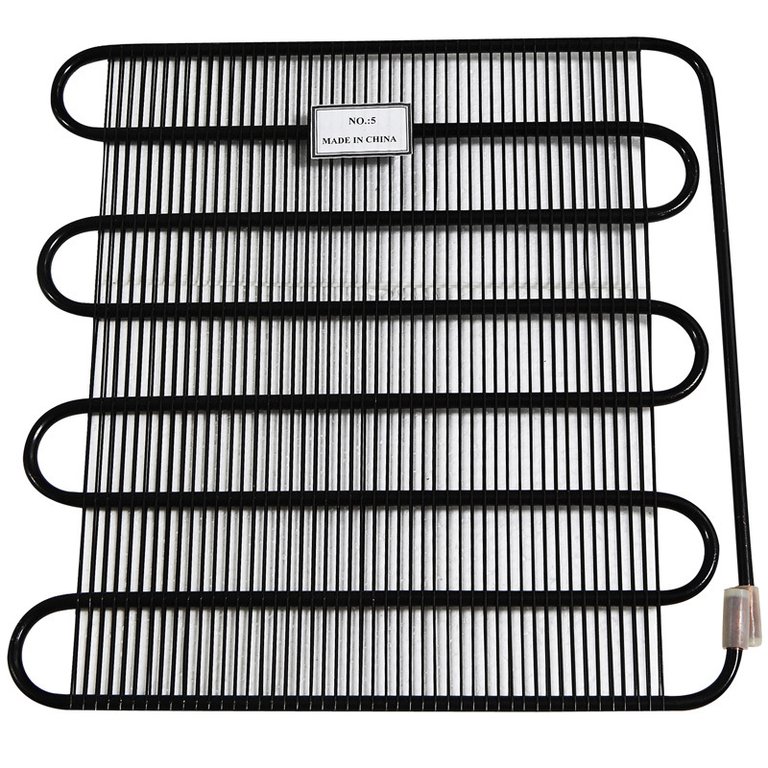
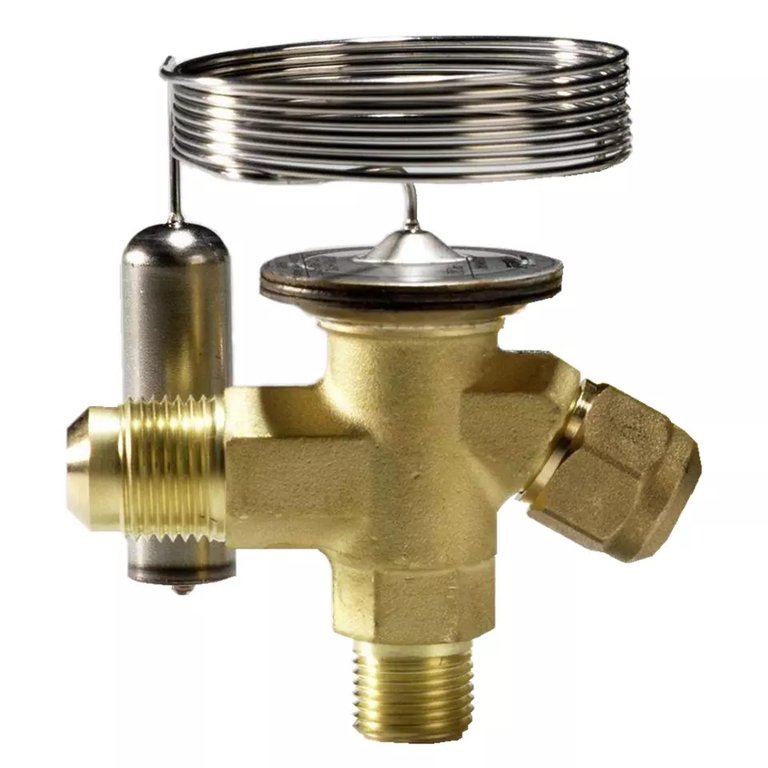
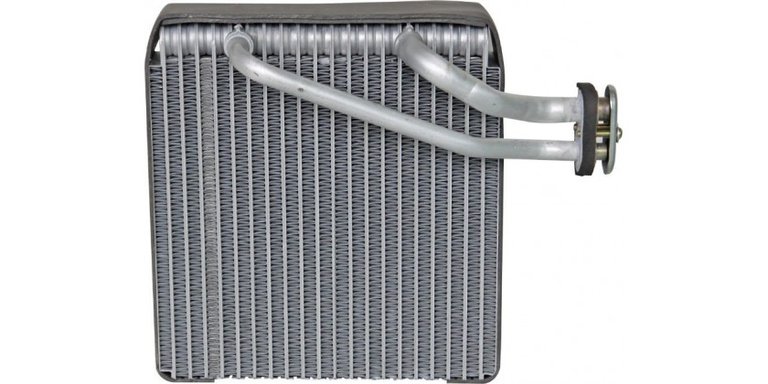
Congratulations @ernesto-blguer! You have completed the following achievement on the Hive blockchain And have been rewarded with New badge(s)
Your next target is to reach 900 upvotes.
You can view your badges on your board and compare yourself to others in the Ranking
If you no longer want to receive notifications, reply to this comment with the word
STOPThanks for your contribution to the STEMsocial community. Feel free to join us on discord to get to know the rest of us!
Please consider delegating to the @stemsocial account (85% of the curation rewards are returned).
You may also include @stemsocial as a beneficiary of the rewards of this post to get a stronger support.
Qué genial está entrar a tu blog y aprender la ciencia de las cosas que nos acompañan día a día 👏🏼.
En las vacaciones paso mucho tiempo en casa, de ahí salen las ideas😂
Exceso de tiempo libre jajaj
That is something that always amazed me how the refrigeration process happens in our daily appliances! thanks a lot!
I appreciate your comment, I'm glad you found it helpful.